CALLIGRAPHIC ART BY HISTORIC MONK
입력 2019.10.16 (15:10)
수정 2019.10.16 (16:44)
읽어주기 기능은 크롬기반의
브라우저에서만 사용하실 수 있습니다.
[Anchor Lead]
Five pieces of calligraphic works by the Buddhist monk Samyeong, highly revered for his diplomacy with Japan after its invasion of Korea in the 16th century, have been put on display in Korea for the first time. His writings represent his efforts to free some three thousand Korean prisoners of war. The renowned monk's legacy has a special meaning in times when the ties between Korea and Japan are at their worst.
[Pkg]
In 1593, when Japan invaded Joseon, the allied forces of Joseon and the Ming Dynasty gathered at Pyongyang Fortress to defeat the Japanese. That was when Venerable Samyeong brought two thousand warrior monks to help his nation win the war.
[Soundbite] YI YEO-SONG(ADMIRAL OF MING DYNASTY) : "The Joseon minks sincerely care about their home country."
[Soundbite] VEN. SAMYEONG : "Helping our country is one of the ways we practice asceticism."
In 1605, after the Japanese had left Joseon, Samyeong visited Japan to make peace. He visited a temple in Kyoto to express his emotions about the invasion, that took place ten years ago, through a poem. He also wrote down his determination to complete his mission and go back to being just a monk. In one of his writings, Samyeong clearly stated that the reason of his visit to Japan was to bring Korean prisoners of war back home. The five pieces of his calligraphic writing represent his spirit as a commander-in-chief of Buddhist warriors and a diplomat. Venerable Samyeong first built a strong relationship with the Japanese monks before reaching a deal with the shogun Tokugawa Ieyasu of the late Edo period to bring home some three-thousand Korean POWs.
[Soundbite] KOSAI MOCHIZUKI(ABBOT, KOSHOU TEMPLE) : "I am glad that Ven. Samyeong's spirit has been conveyed to Japan and preserved for 400 years."
Samyeong's writings, which have been brought to Korea for the first time in four centuries, demonstrate the monk's outstanding diplomatic and negotiating skills in improving broken ties between Korea and Japan.
Five pieces of calligraphic works by the Buddhist monk Samyeong, highly revered for his diplomacy with Japan after its invasion of Korea in the 16th century, have been put on display in Korea for the first time. His writings represent his efforts to free some three thousand Korean prisoners of war. The renowned monk's legacy has a special meaning in times when the ties between Korea and Japan are at their worst.
[Pkg]
In 1593, when Japan invaded Joseon, the allied forces of Joseon and the Ming Dynasty gathered at Pyongyang Fortress to defeat the Japanese. That was when Venerable Samyeong brought two thousand warrior monks to help his nation win the war.
[Soundbite] YI YEO-SONG(ADMIRAL OF MING DYNASTY) : "The Joseon minks sincerely care about their home country."
[Soundbite] VEN. SAMYEONG : "Helping our country is one of the ways we practice asceticism."
In 1605, after the Japanese had left Joseon, Samyeong visited Japan to make peace. He visited a temple in Kyoto to express his emotions about the invasion, that took place ten years ago, through a poem. He also wrote down his determination to complete his mission and go back to being just a monk. In one of his writings, Samyeong clearly stated that the reason of his visit to Japan was to bring Korean prisoners of war back home. The five pieces of his calligraphic writing represent his spirit as a commander-in-chief of Buddhist warriors and a diplomat. Venerable Samyeong first built a strong relationship with the Japanese monks before reaching a deal with the shogun Tokugawa Ieyasu of the late Edo period to bring home some three-thousand Korean POWs.
[Soundbite] KOSAI MOCHIZUKI(ABBOT, KOSHOU TEMPLE) : "I am glad that Ven. Samyeong's spirit has been conveyed to Japan and preserved for 400 years."
Samyeong's writings, which have been brought to Korea for the first time in four centuries, demonstrate the monk's outstanding diplomatic and negotiating skills in improving broken ties between Korea and Japan.
■ 제보하기
▷ 카카오톡 : 'KBS제보' 검색, 채널 추가
▷ 전화 : 02-781-1234, 4444
▷ 이메일 : kbs1234@kbs.co.kr
▷ 유튜브, 네이버, 카카오에서도 KBS뉴스를 구독해주세요!
- CALLIGRAPHIC ART BY HISTORIC MONK
-
- 입력 2019-10-16 15:17:39
- 수정2019-10-16 16:44:35
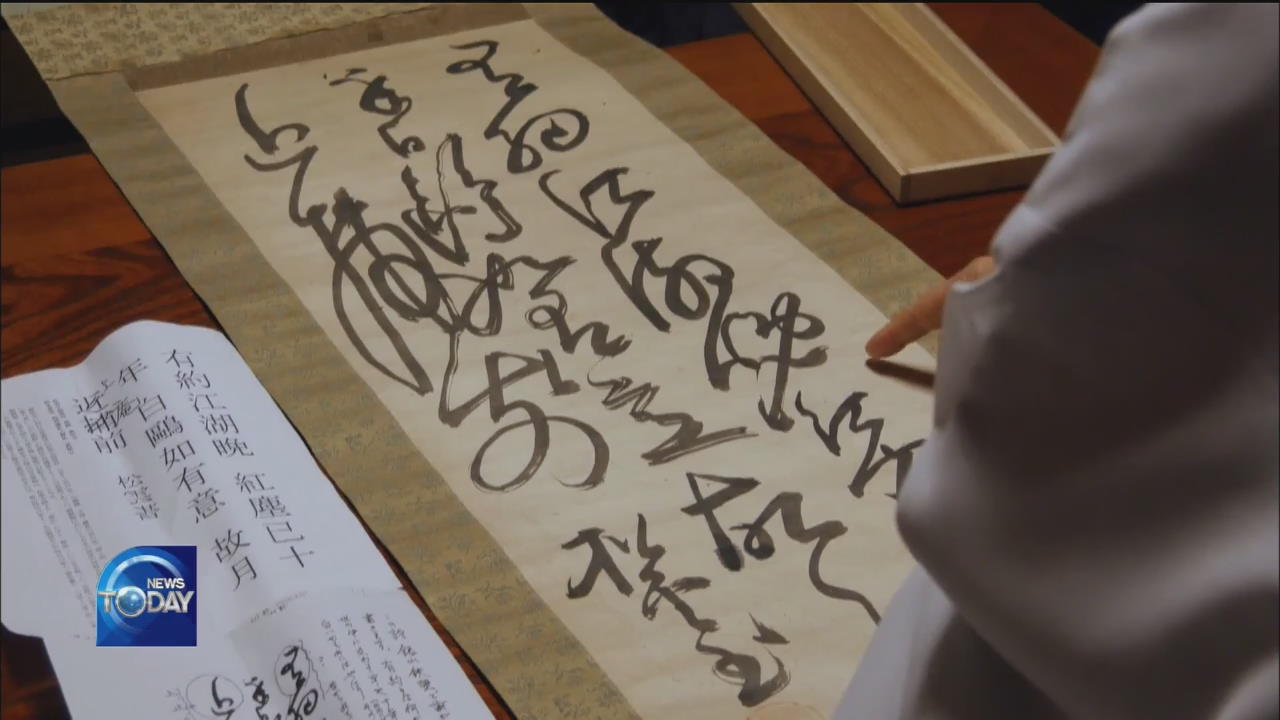
[Anchor Lead]
Five pieces of calligraphic works by the Buddhist monk Samyeong, highly revered for his diplomacy with Japan after its invasion of Korea in the 16th century, have been put on display in Korea for the first time. His writings represent his efforts to free some three thousand Korean prisoners of war. The renowned monk's legacy has a special meaning in times when the ties between Korea and Japan are at their worst.
[Pkg]
In 1593, when Japan invaded Joseon, the allied forces of Joseon and the Ming Dynasty gathered at Pyongyang Fortress to defeat the Japanese. That was when Venerable Samyeong brought two thousand warrior monks to help his nation win the war.
[Soundbite] YI YEO-SONG(ADMIRAL OF MING DYNASTY) : "The Joseon minks sincerely care about their home country."
[Soundbite] VEN. SAMYEONG : "Helping our country is one of the ways we practice asceticism."
In 1605, after the Japanese had left Joseon, Samyeong visited Japan to make peace. He visited a temple in Kyoto to express his emotions about the invasion, that took place ten years ago, through a poem. He also wrote down his determination to complete his mission and go back to being just a monk. In one of his writings, Samyeong clearly stated that the reason of his visit to Japan was to bring Korean prisoners of war back home. The five pieces of his calligraphic writing represent his spirit as a commander-in-chief of Buddhist warriors and a diplomat. Venerable Samyeong first built a strong relationship with the Japanese monks before reaching a deal with the shogun Tokugawa Ieyasu of the late Edo period to bring home some three-thousand Korean POWs.
[Soundbite] KOSAI MOCHIZUKI(ABBOT, KOSHOU TEMPLE) : "I am glad that Ven. Samyeong's spirit has been conveyed to Japan and preserved for 400 years."
Samyeong's writings, which have been brought to Korea for the first time in four centuries, demonstrate the monk's outstanding diplomatic and negotiating skills in improving broken ties between Korea and Japan.
Five pieces of calligraphic works by the Buddhist monk Samyeong, highly revered for his diplomacy with Japan after its invasion of Korea in the 16th century, have been put on display in Korea for the first time. His writings represent his efforts to free some three thousand Korean prisoners of war. The renowned monk's legacy has a special meaning in times when the ties between Korea and Japan are at their worst.
[Pkg]
In 1593, when Japan invaded Joseon, the allied forces of Joseon and the Ming Dynasty gathered at Pyongyang Fortress to defeat the Japanese. That was when Venerable Samyeong brought two thousand warrior monks to help his nation win the war.
[Soundbite] YI YEO-SONG(ADMIRAL OF MING DYNASTY) : "The Joseon minks sincerely care about their home country."
[Soundbite] VEN. SAMYEONG : "Helping our country is one of the ways we practice asceticism."
In 1605, after the Japanese had left Joseon, Samyeong visited Japan to make peace. He visited a temple in Kyoto to express his emotions about the invasion, that took place ten years ago, through a poem. He also wrote down his determination to complete his mission and go back to being just a monk. In one of his writings, Samyeong clearly stated that the reason of his visit to Japan was to bring Korean prisoners of war back home. The five pieces of his calligraphic writing represent his spirit as a commander-in-chief of Buddhist warriors and a diplomat. Venerable Samyeong first built a strong relationship with the Japanese monks before reaching a deal with the shogun Tokugawa Ieyasu of the late Edo period to bring home some three-thousand Korean POWs.
[Soundbite] KOSAI MOCHIZUKI(ABBOT, KOSHOU TEMPLE) : "I am glad that Ven. Samyeong's spirit has been conveyed to Japan and preserved for 400 years."
Samyeong's writings, which have been brought to Korea for the first time in four centuries, demonstrate the monk's outstanding diplomatic and negotiating skills in improving broken ties between Korea and Japan.
이 기사가 좋으셨다면
-
좋아요
0
-
응원해요
0
-
후속 원해요
0










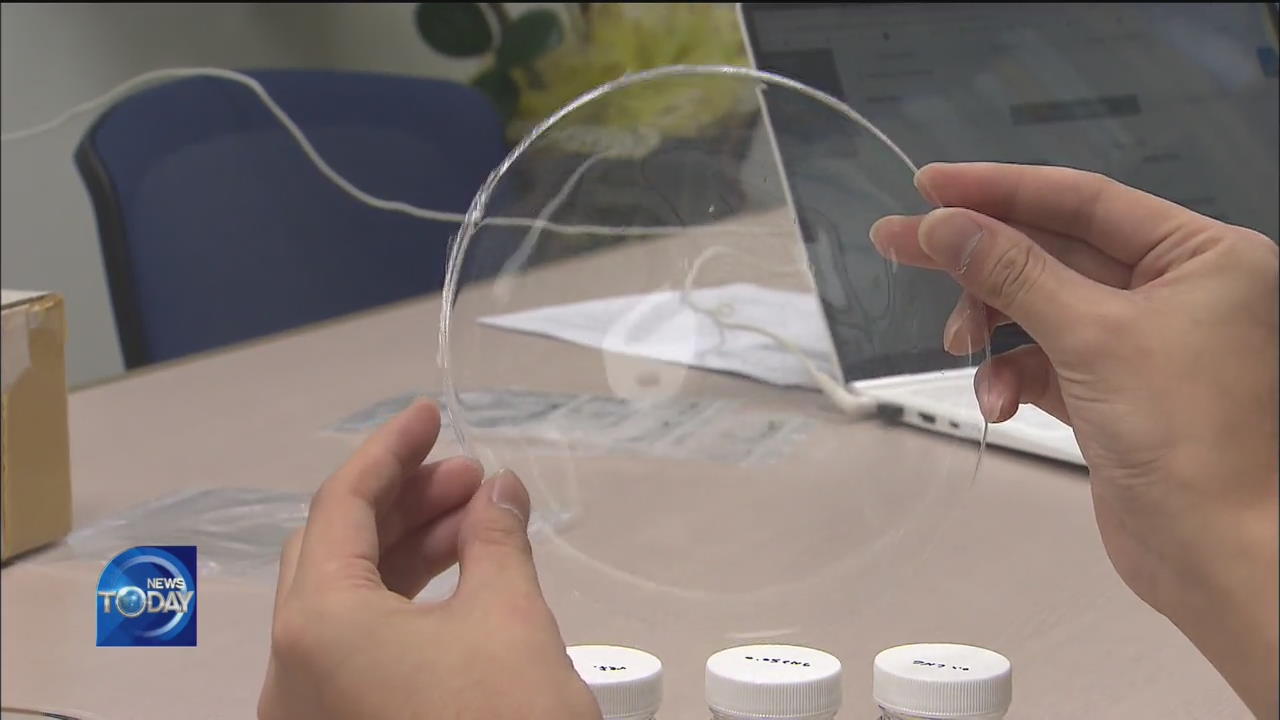
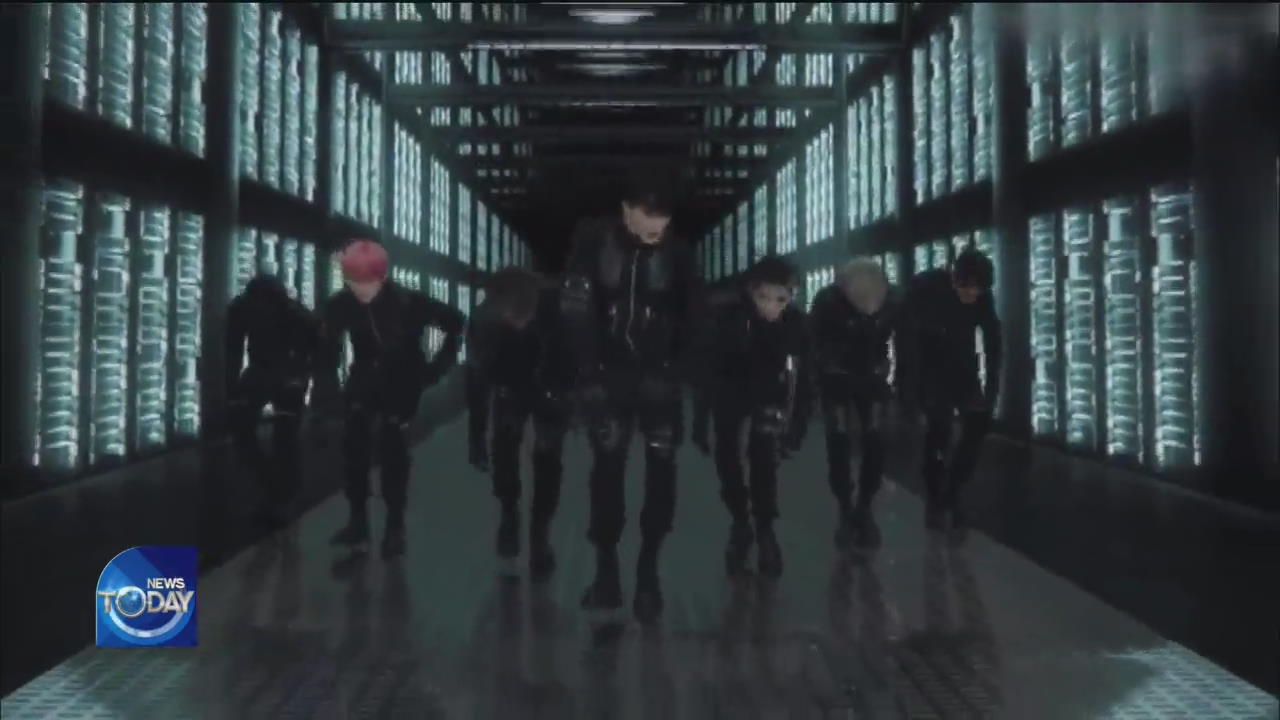
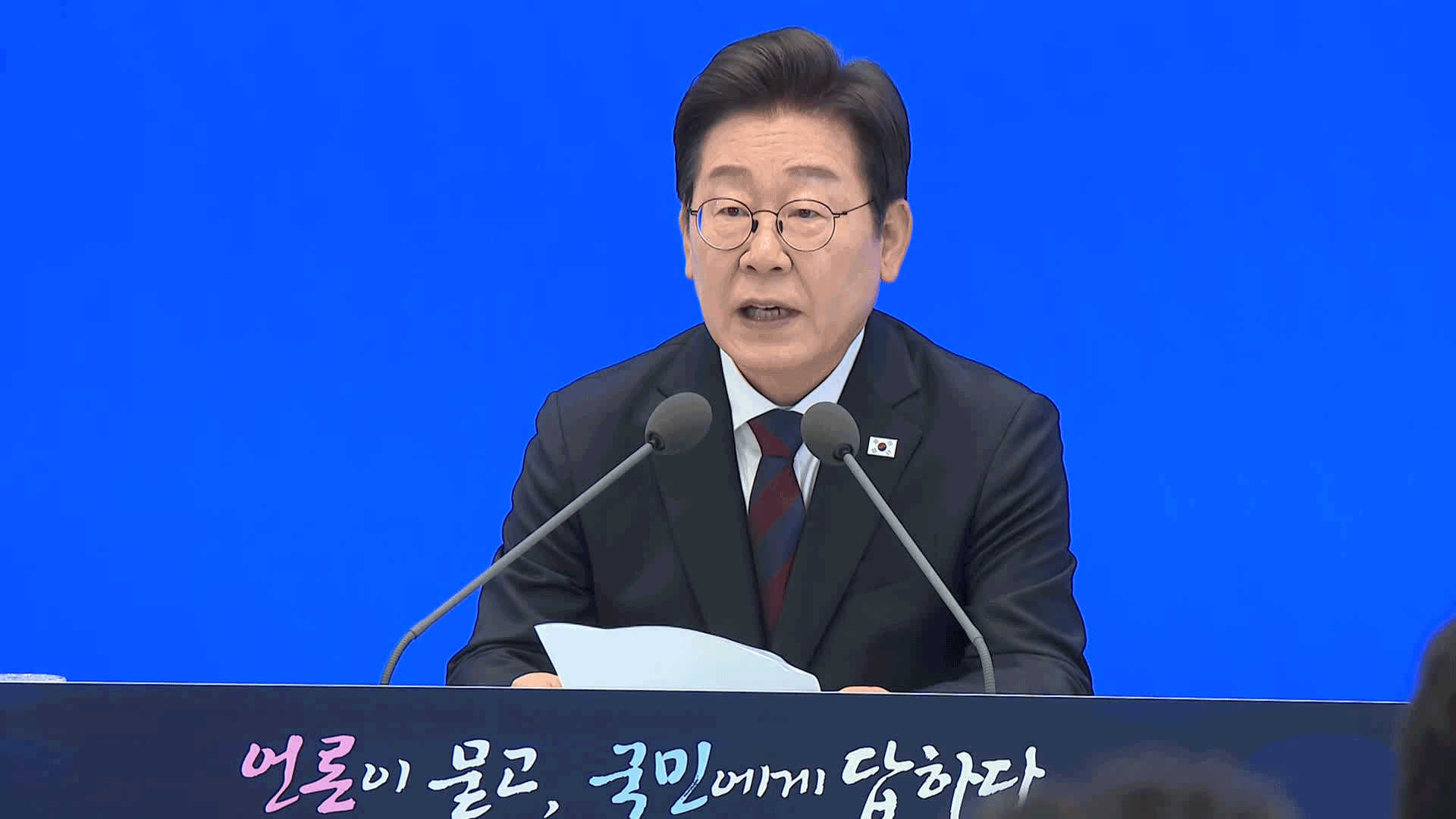
![[단독] 도이치 주포 “김건희, 내 덕에 떼돈 벌어…22억 원 주문”](/data/news/2025/07/03/20250703_KpuU43.png)
![[단독] “쪽지 얼핏 봤다, 안 받았다”더니…CCTV에선 문건 챙긴 이상민](/data/news/2025/07/03/20250703_Lv3LjI.png)
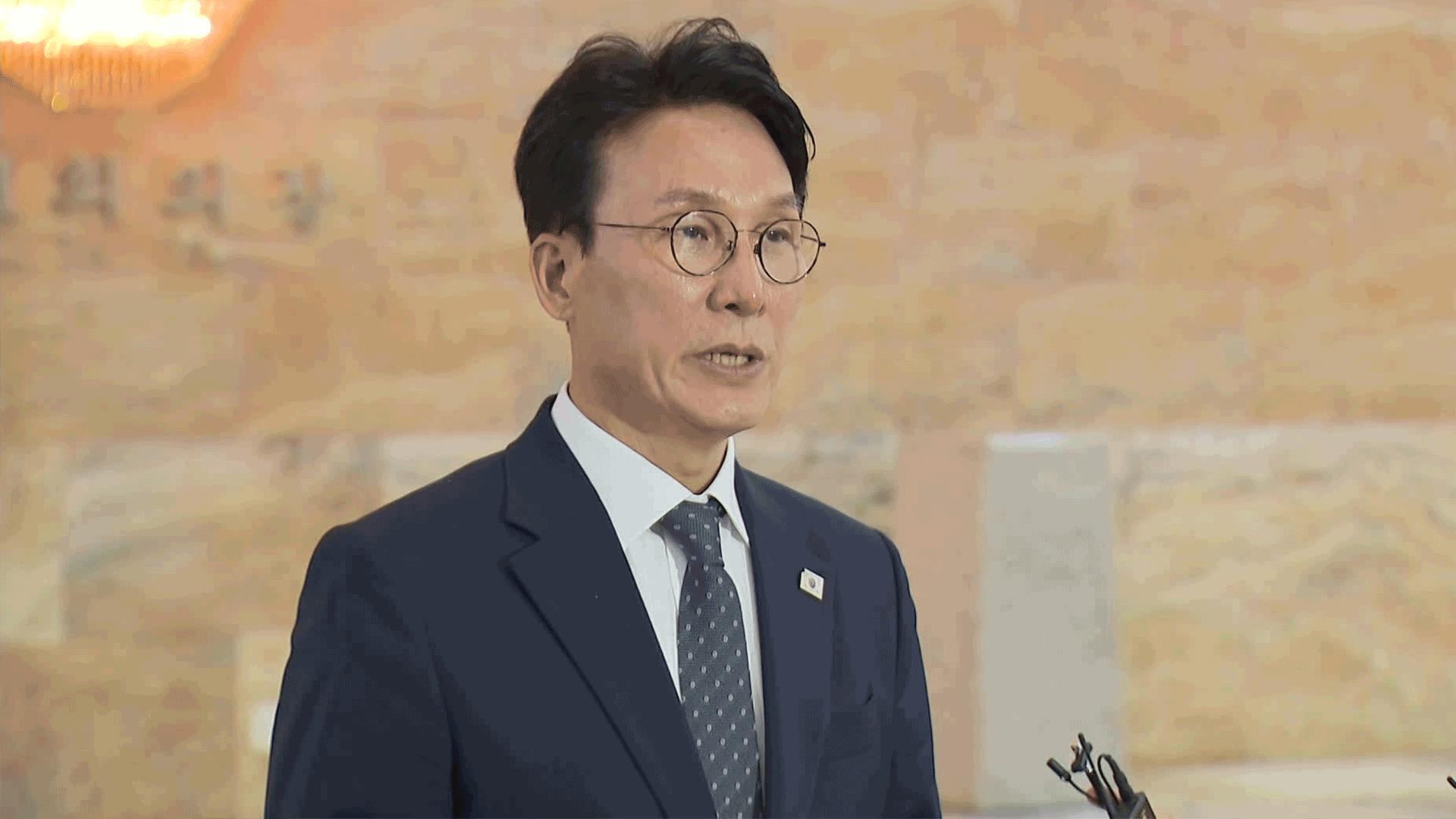

이 기사에 대한 의견을 남겨주세요.